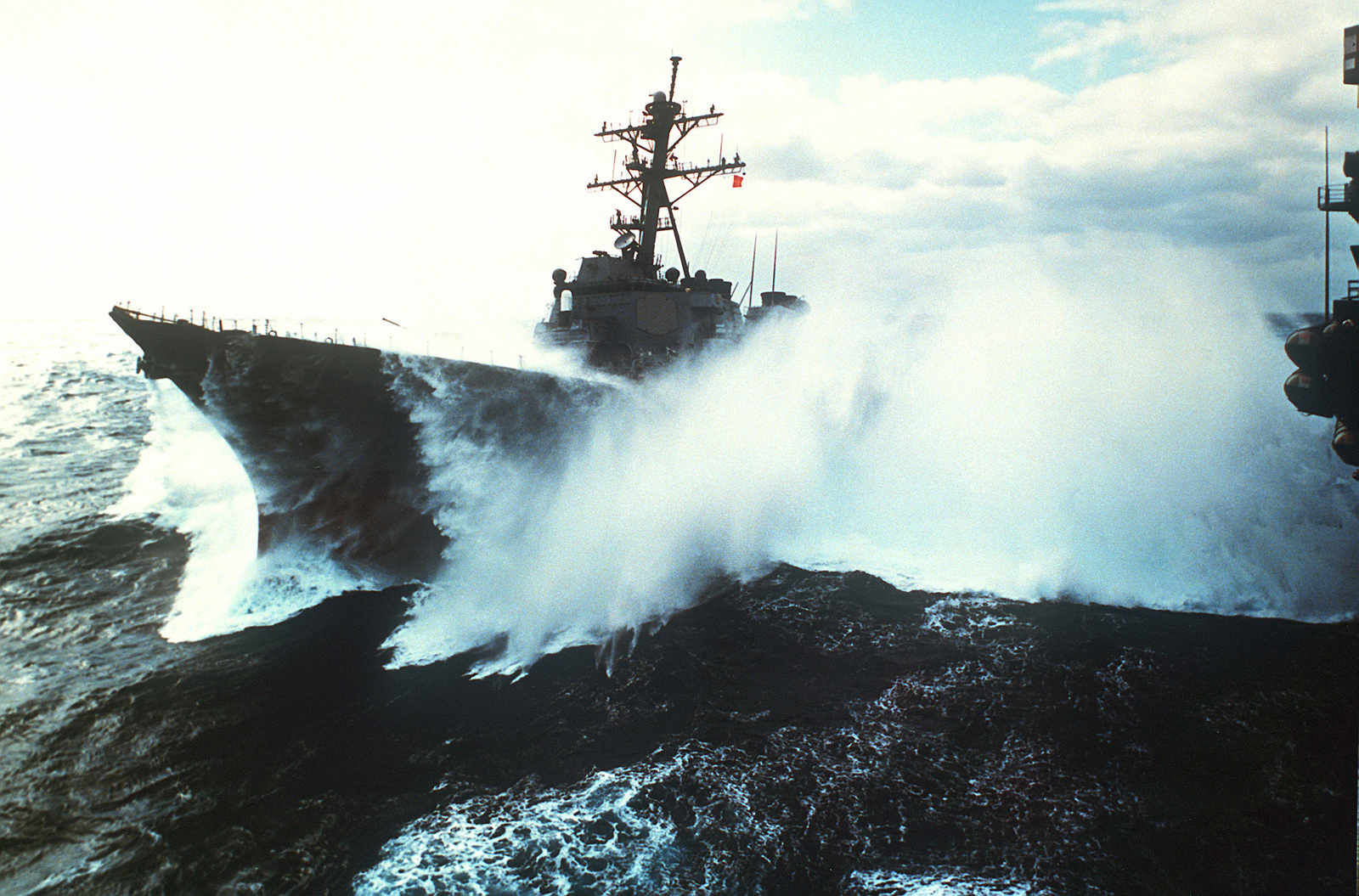Microskiffs are growing in popularity for good reason. They are versatile, easy to use, and perfect for a variety of fishing applications. However, there are a few things to consider before purchasing a microskiff.
We need to clarify what rough water is first. If we’re talking about fishing in rough water vs running in rough water then those two boats are going to look somewhat different. The best hull type and skiff for running in rough water is different than the best for fishing or being able to handle rough water while sitting still. We will cover both types of rough water scenarios and explore what microskiff would be the best for each situation.

What is a micro skiff?
We also need to define what a microskiff is because this will also eliminate some other types of boats. For this article let’s consider;
- a small outboard capacity less than or equal to 30hp
- shallow draft less than 6 inches fully loaded
- lightweight
- no frills simple
- little to no deadrise at the transom
- 18 feet long or less than 70 inches beam
What is rough water?

Rough water to a cruise ship is going to be different than rough water for a microskiff. We will use the Beaufort scale number 4 which is a moderate breeze (11-16 knots) and average 3-foot wave height, anything beyond that and we shouldn’t be talking about a microskiff. If you’re fishing in a microskiff then most likely you’re in shallower water so this won’t even be an issue. However, you may need to cross rough water on the way out or coming back in so it’s nice to know which type of microskiff is better for this.
What is the best microskiff for rough water?
For riding in rough water you want a heavier, longer, narrower microskiff with a deep v, more deadrise and a deeper draft.
The exact opposite is true if you’re looking to handle rough water sitting still. You’ll need a wide flat bottom with little to no deadrise and a shallow draft.
The best microskiff should incorporate a hybrid of these dimensions for the best all-around performance.
The following specs from sportfishingmag.com will give you a heads up on some of the more popular choices for microskiffs. Pay attention to the draft, deadrise and overall weight of the boat.
Microskiff Specs
Hell’s Bay Glades Skiff Specifications:
LOA: 17 ft. 8 in. • Beam: 4 ft. 10 in. • Transom Deadrise: 3 deg. • Draft: 4 in. • Dry Weight: 440 lb. • Max Power: 30 hp Courtesy Hell’s Bay
Ankona Shadowcast 18 Specifications:
LOA: 17 ft. 8 in. • Beam: 4 ft. 10 in. • Transom Deadrise: 0 deg. • Draft: 5 in. • Dry Weight: 290 lb. • Max Power: 30 hp Courtesy Ankona
East Cape Glide Specifications:
LOA: 17 ft. • Beam: 5 ft. 1 in. • Transom Deadrise: 4 deg. • Draft: 4-5 in. • Dry Weight: 370 lb. (tiller) or 415 lb. (side console) • Max Power: 30 hp Courtesy East Cape
Beaver Tail 16 BT Micro Specifications:
LOA: 16 ft. 8 in. • Beam: 5 ft. • Transom Deadrise: 3 deg. • Draft: 5 in. • Dry Weight: 400 lb. • Max Power: 30 hp Courtesy Beaver Tail
Dragonfly Emerger 16 Specifications:
LOA: 16 ft. • Beam: 5 ft. 9 in. • Transom Deadrise: 11 deg. • Draft: 5 in. • Dry Weight: 500 lb. • Max Power: 70 hp Courtesy Dragonfly
Rules of thumb for microskiffs:

- deeper draft means more stability
- greater deadrise is more stable while running
- longer slender = more stable while running
- soft ride, speed or dryness you can only pick two
- heavier is better for stability
If you think about how you will be using your microskiff beforehand the choice will be much easier. There will be a few boats that really stand out as having met most of your needs. Good luck on your hunt and let us know in the comments what your choice is.
